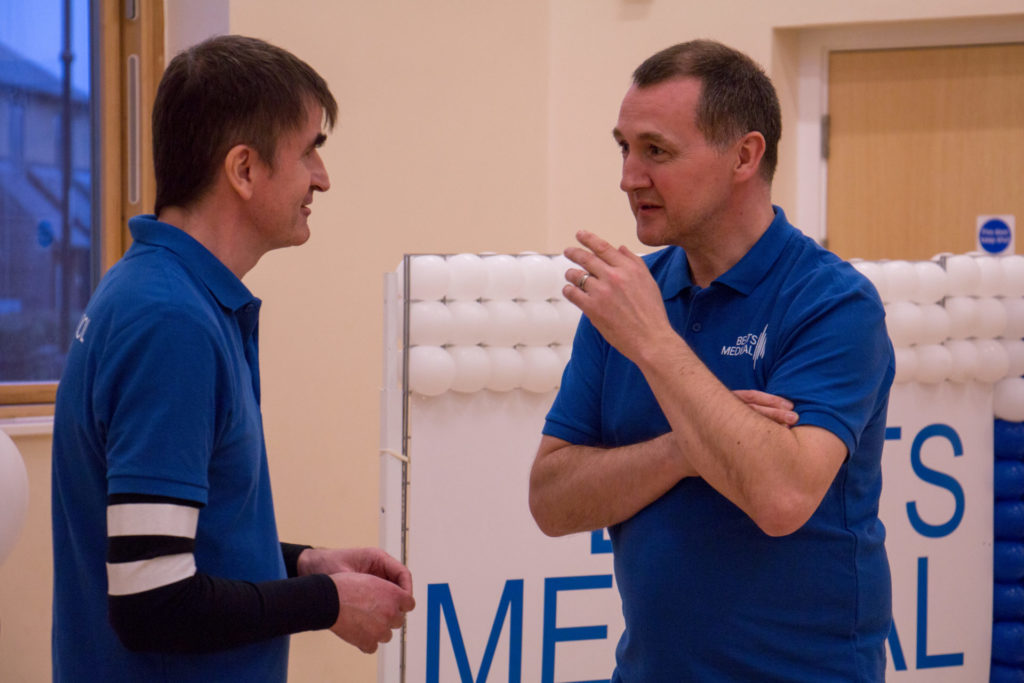Facts about Parkinson’s Disease
In this blog we will share some interesting and helpful facts about Parkinson’s which you may not have read before. You may also like to follow us on social media where we share lots of information about Parkinson’s.
1. It’s a movement disorder: Parkinson’s is a neurodegenerative condition, whereby cells responsible for producing dopamine in the substantia nigra area of the brain are affected. Dopamine is essential for movement as it acts as a transmitter for signals from the brain to other parts of the body.
2. Who discovered it? Parkinson’s disease was discovered by British surgeon Dr. James Parkinson in 1817.
3. How prevalent is it? More than 10 million people worldwide are living with Parkinson’s. Incidence of Parkinson’s increases with age.
4. Parkinson’s doesn’t affect a specific age range: The average age of someone diagnosed with Parkinson’s disease is 56. Around 4 percent of people with Parkinson’s are diagnosed before the age of 50.
5. How is it diagnosed? There is no blood test or scan that can conclusively diagnose Parkinson’s. Doctors look for some common symptoms when deciding on a diagnosis, including tremors, rigidity in the wrist and elbow joints, lack or slowness of movement, and an unstable posture.
6. When is it considered young-onset Parkinson’s disease? It’s considered young-onset if diagnosed before the age of 40. The Young Onset Parkinson’s community is growing, with many groups and events for those diagnosed with YOPD.
7. It affects more men than women: Stats show that Parkinson’s disease is twice as likely to affect men than women.

8. How do you treat it? Although there is no cure for Parkinson’s, there are medications that can help with the symptoms. Exercise has also been shown to be a great way to fight against the symptoms of Parkinson’s. There are so many exercises and activities designed for people with Parkinson’s nowadays, from boxing classes to dancing. One great way to manage the symptoms is with daily therapies included in the Beats Medical Parkinson’s service. Read more about the service here.
9. There’s a growing community of support for people with Parkinson’s: From exercise classes to choirs, to local groups meeting for a friendly coffee, there are networks of people with Parkinson’s and their loved ones around the world.

